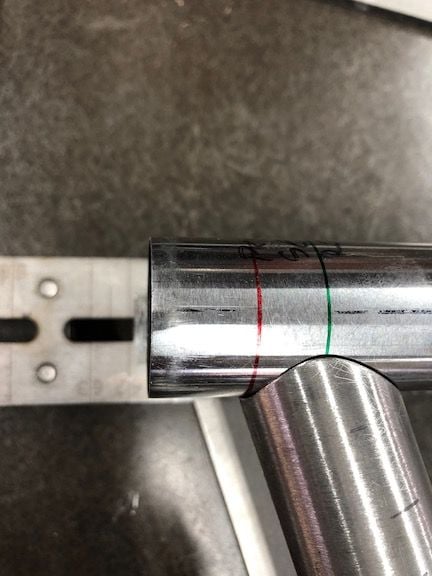Originally Posted by
merziac
Dave's rule only works as an over simplification guide for a casual inquiry. I'm sure he did it as a way to easily explain C - T measurements without getting into the weeds of where a non-existent point is really located using a nice round number. It's like saying pie (π) is a single number of 3 (instead of 3.1416 to infinity). Where he has indicated the line of measurement is on a frame is not where most British (or 70's Americans) measured to. It is about where a Masi is measured. In fact everybody in the UK seemed to use a slightly different point. For example the 22" Hetchins I had made for my wife in 1973 is more like 21 3/4". The fixture we used at Ellis Briggs in Yorkshire where I learned had preset holes for each 1/2" so we never had to measure the frames themselves to establish seat tube length. It certainly wasn't where Moulton drew his line.
Where I decided the center to top measuring point should be way back when I did touring or sport touring frames for recreational cyclists (because back then that is how everyone that wasn't a racer understood frame size) was to the crease at the top of the top tube right where it touches the seat tube. This was a fixed and exact spot on every frame. In the picture below, my point of reference is the red line for center to top and green line is for center to center. The difference in distance between the two lines is around 13mm for a 1" top tube and 15mm on a 28.6 top tube.
